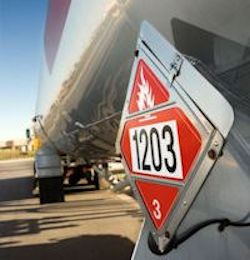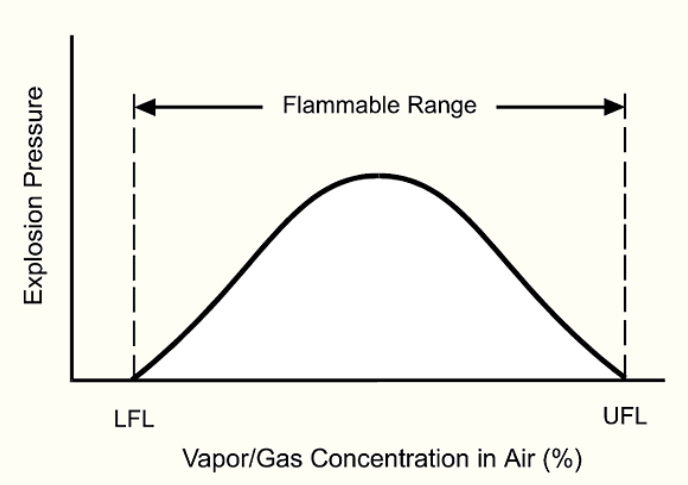Flammable and Combustible Liquids
OSHA standard 29 CFR 1920.106 addresses the handling, storage, and use of flammable and combustible liquids. Flammable and combustible liquids are, in short, liquids that can burn. They are classified or grouped as either flammable or combustible by their flashpoints.

- Flammable liquids will catch on fire and burn easily under normal working temperatures.
- Combustible liquids have the ability to burn at temperatures that are usually above working temperatures.
Flash Point
The flash point of the liquid is the temperature at which it gives off vapor sufficient to form an ignitable mixture with the air near the surface of the liquid or within the vessel used as determined by appropriate test procedure and apparatus.
- Flammable liquids have a flash point below 100 degrees Fahrenheit. Ethyl ether, acetone, benzene, and toluene all have flash points below 73 degrees F. Hydrazine and styrene have flashpoints between 73 and 100 degrees F.
- Combustible liquids have a flashpoint at or above 100 degrees Fahrenheit. Acetic acid, Naptha, Cyclohexanol, formic acid, and nitrobenzene have flashpoints between 100 and 199 degrees F.
Flammable Range
When vapors of a flammable liquid are mixed with air in the proper proportions in the presence of a source of ignition, rapid combustion or an explosion can occur. The flammable range includes all concentrations of flammable vapor or gas in air, in which a flash will occur or a flame will travel if the mixture is ignited.
There is a minimum concentration of vapor or gas in air below which propagation of flame does not occur on contact with a source of ignition. There is also a maximum proportion of vapor in air above which propagation of flame does not occur. These boundary-line mixtures of vapor with air are known as the lower and upper flammable limits (LFL or UFL), respectively, and they are usually expressed in terms of percentage by volume of vapor in the air.
Knowledge Check Choose the best answer for the question.
2-1. What is the term used to describe the temperature at which a liquid gives off vapor into the air sufficient to form an ignitable mixture?
You forgot to answer the question!

